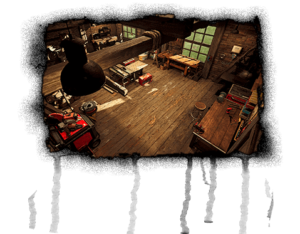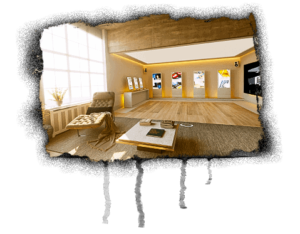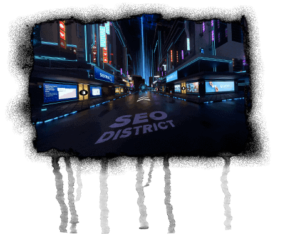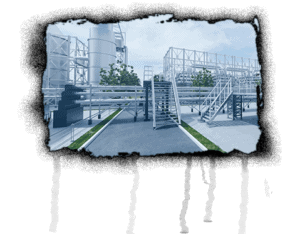Stop motion
Stop motion is one of the most well-known cinematic techniques. It is a mechanical-technical process for cartoons and animated scenes. The procedure, which was very complex at the time with individual drawings that were made by hand and then shown one after the other, has been simplified and perfected over the years through computer animation. As a result, films from Disney and Co. are becoming more and more complex and lifelike and are popular with children and adults alike.

What is stop motion?
Cartoons, animations and special effects in real films create the illusion of movement (motion). This technique is called stop motion and allows frames and images to be strung together in repetition. The stream of images and thus the film are created from individual, immobile motifs. For this, the individual images must contain the smallest changes compared to the respective predecessor.
Stop motion animate objects and characters. They appear fluid when many individual images are lined up with minor changes. This technique has a long history and has been known since the 19th century. It was used to develop cartoons for children and is now an integral part of the film industry.
What types of stop motion are there?
Animations with stop motion are possible in many ways and show an individual style. To create moving scenes and bring the characters to life, stop motion offers the most important functions – not only on the computer or when making a film, but also with the help of apps. In this way, even children in the classroom or amateurs can put together their own creative film.
Stop motion films are available as:
- Puppet animation (use of puppets or marionettes)
- Cut-out animation (objects cut out of cardboard, fabric or paper)
- Clay animation (clay figures that move)
- Collage film (object trick with any materials)
- Silhouette animation or light animation (objects are illuminated with light from behind)
- Brickfilm (Lego bricks as a base)
- Pixilation (not just objects, actors are also filmed in individual frames)
How is a stop motion film made?
A stop-motion film is created by assembling individual frames or photos in which the character or content changes slightly. Photographs taken with the camera or drawings can be used. In an animated film, for example, this can be a cartoon character that changes from a standing position to a running movement. The position of the legs and the body is changed in a minimal way in each picture. If these recordings are then played back one after the other, it appears as if the character is walking.
How many frames does a stop motion project require?
Apps like Stop Motion Studio enable the automatic compilation of image sequences with amazingly real results. Twelve frames per second are common, to achieve about half the frame rate of cinema films. The movement is divided into twelve image sequences. The process becomes smoother when more frames are used.
